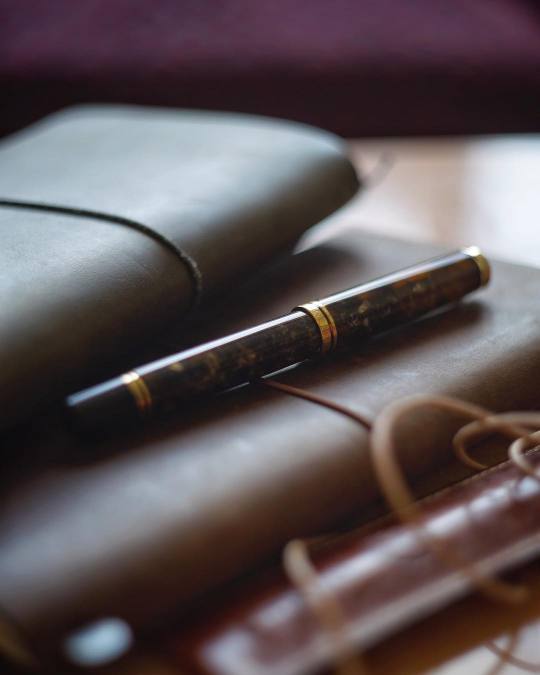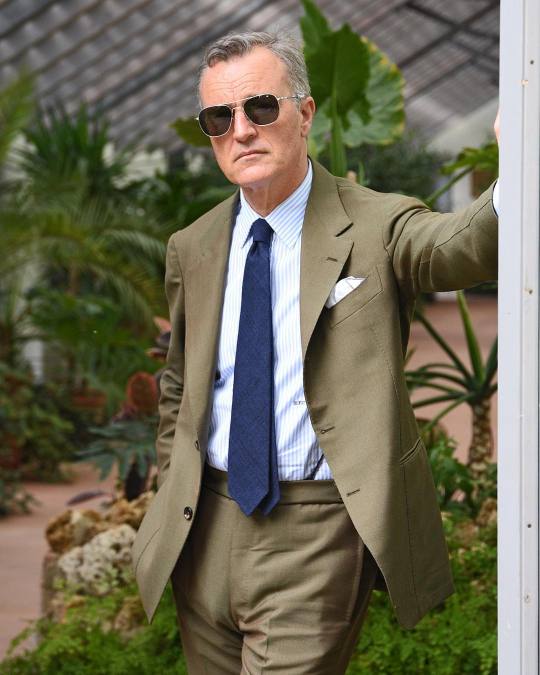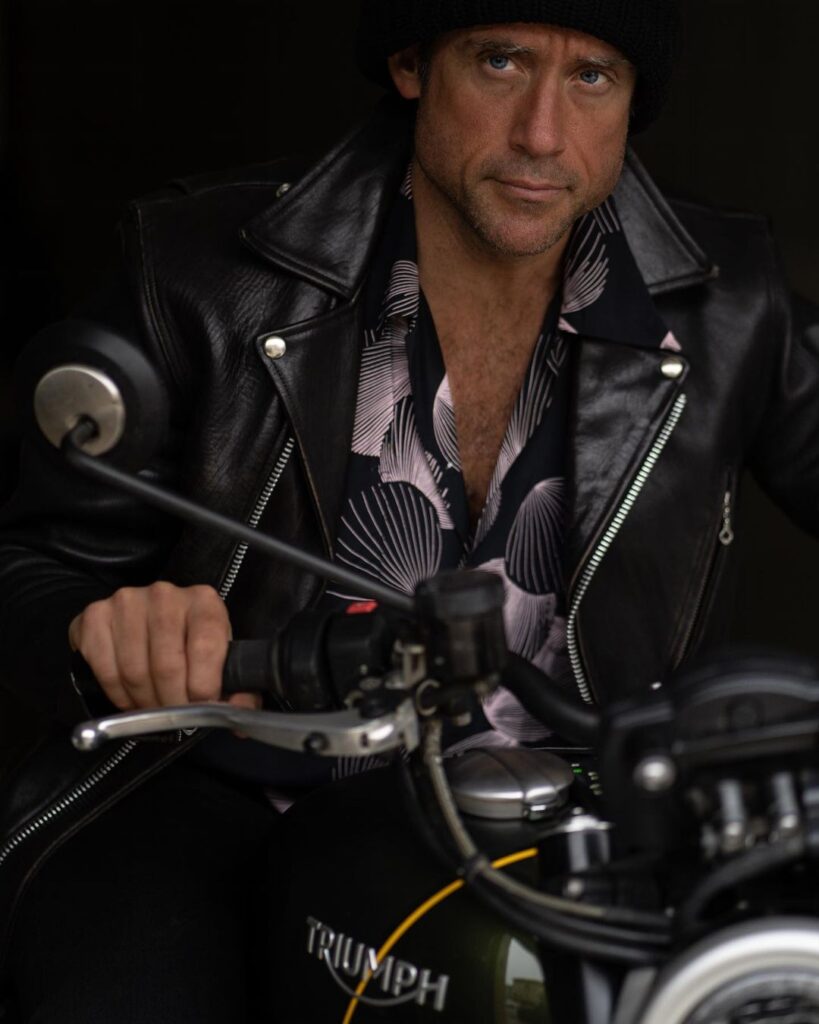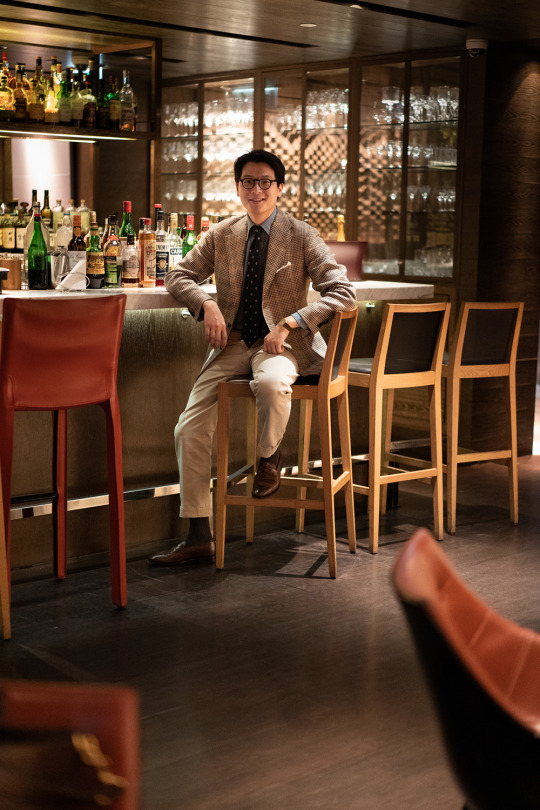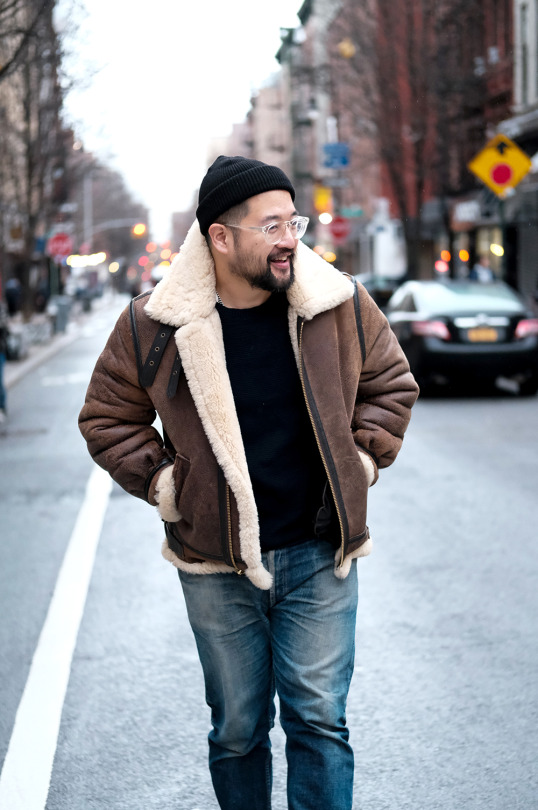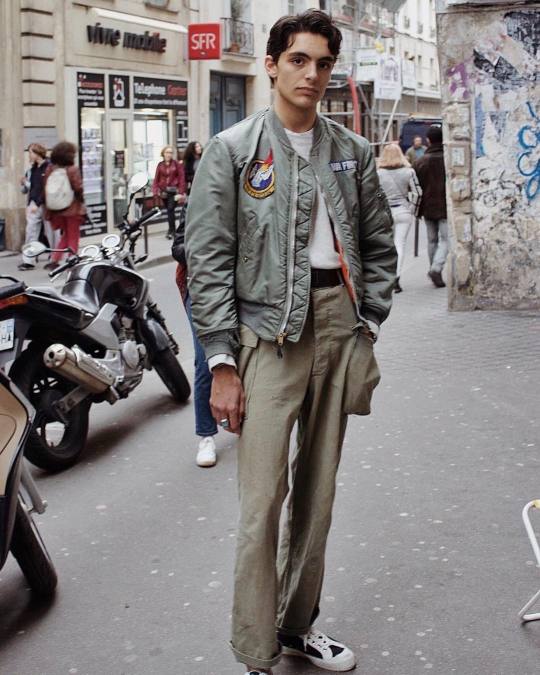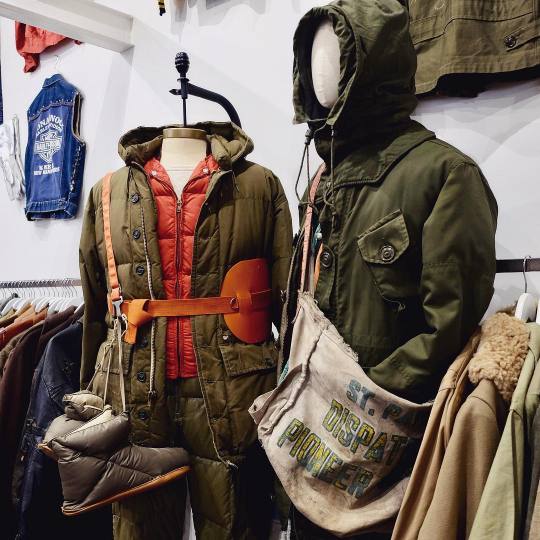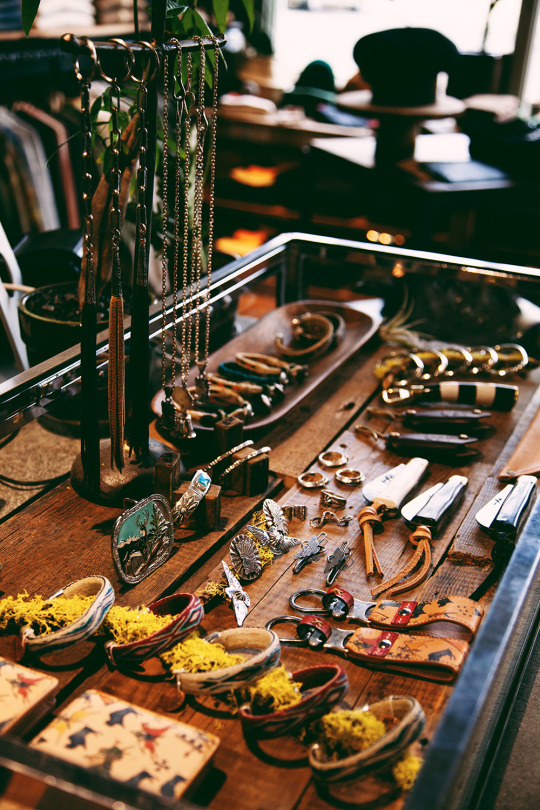Free and Easy Outerwear
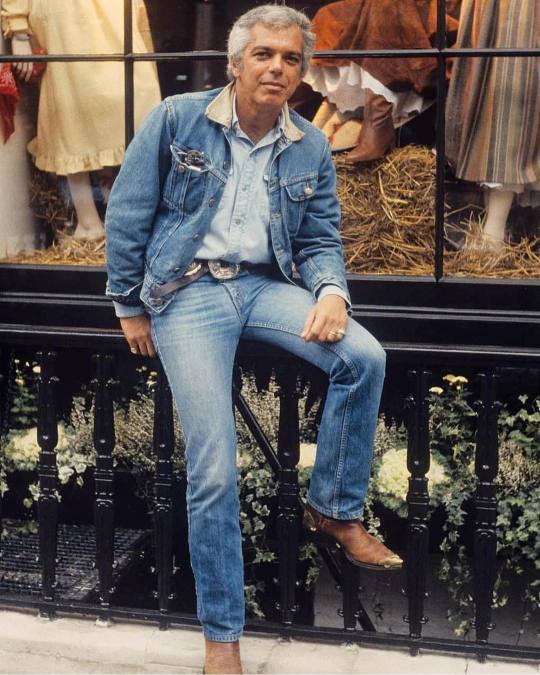
In her 1941 short story “The Standard of Living,” Dorothy Parker explores the all-too-familiar themes of escapism, materialism, and innocence. Two young “18-dollars-a-week” stenographers, Annabel and Midge, saunter down Fifth Avenue one Saturday afternoon while playing the game, “what would you do if you had a million dollars?” Through a chaste and elegant shop window, they spy a double rope, pearl necklace at one of Manhattan’s most exclusive jewelry stores. Yes, the first thing they’d do is buy this exquisite necklace, but how much do they imagine it costs? The girls assign a probable value of $1,000 — $10,000 at the most, they reason — before they summon the courage to go inside and inquire. But when the white-gloved salesman tells them it’s a quarter of a million, they stumble back onto the street. “He’s got his nerve!” Annabel exclaims.
The story goes on with Annabel and Midge dreaming of getting more money, supposing what they could purchase if the owner of that pearl necklace bequeathed them ten million dollars. What even more valuable thing they could buy that’s not so common? Of course, nothing is enough. They never imagined a stringed-up bauble could cost so much money, but upon learning its value, they start to wonder what’s around the corner.
“The Standard of Living” will sound uncomfortably familiar to anyone building a better wardrobe. The first pair of Allen Edmonds seems staggering until, at some point, you find yourself purchasing Crockett & Jones and looking around the corner at Edward Green. But plenty of things on the lower end of the price spectrum are, in fact, quite good. Parker’s story is about the elusiveness of contentment and escapism of glamour.
Keep reading
